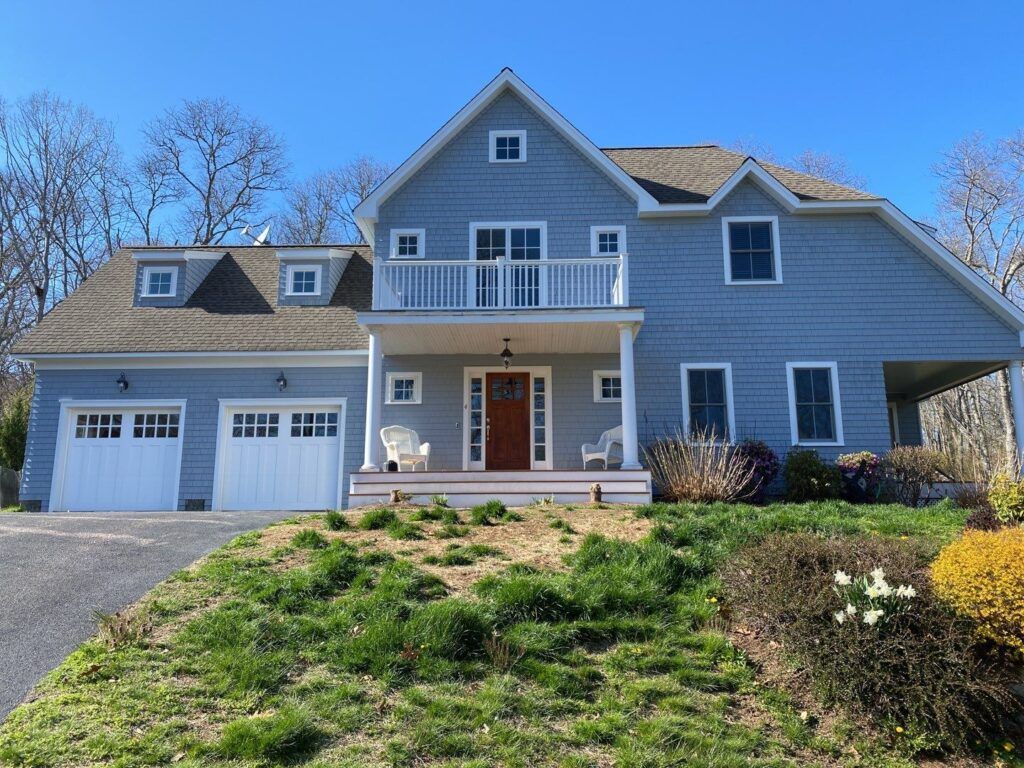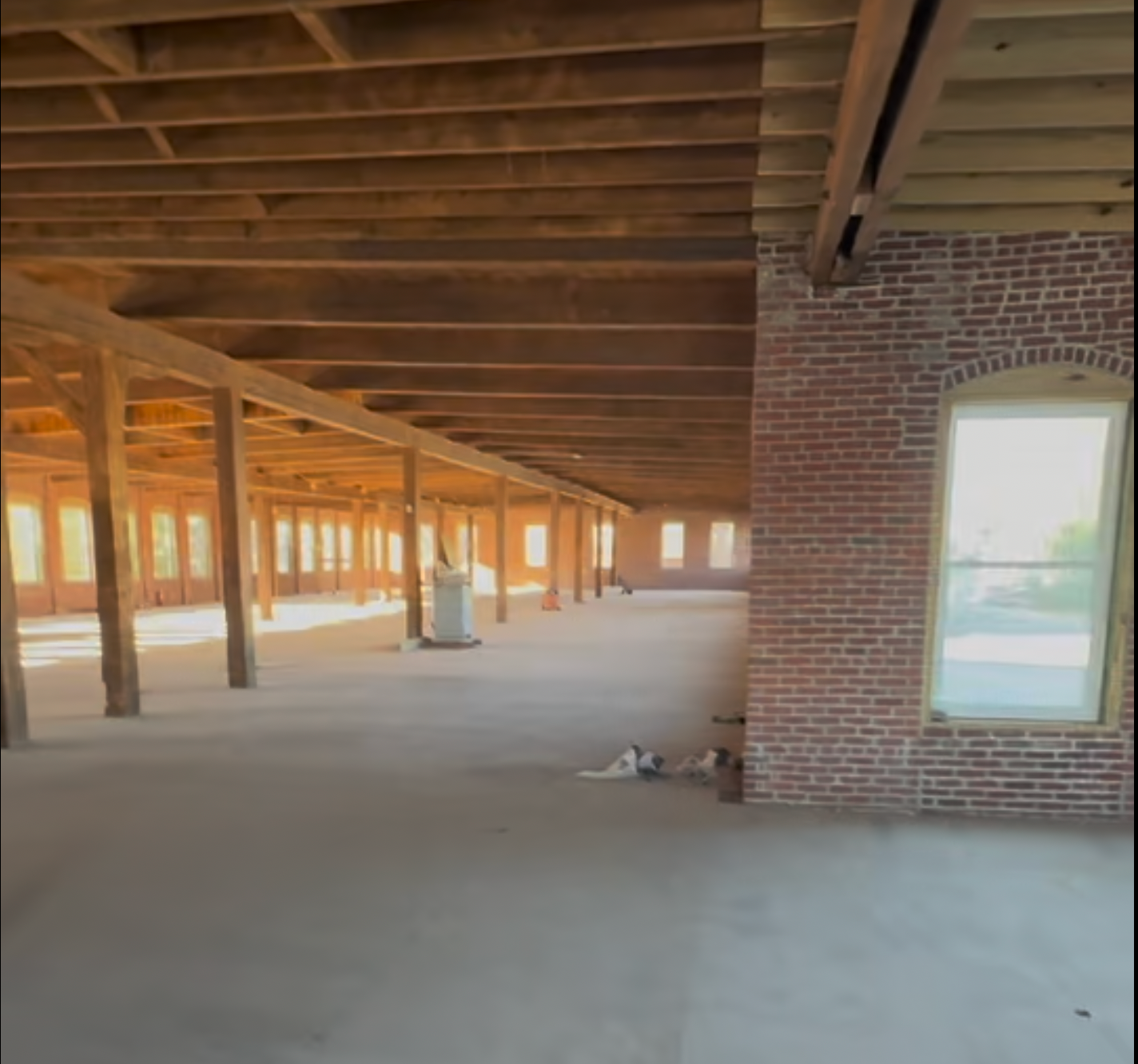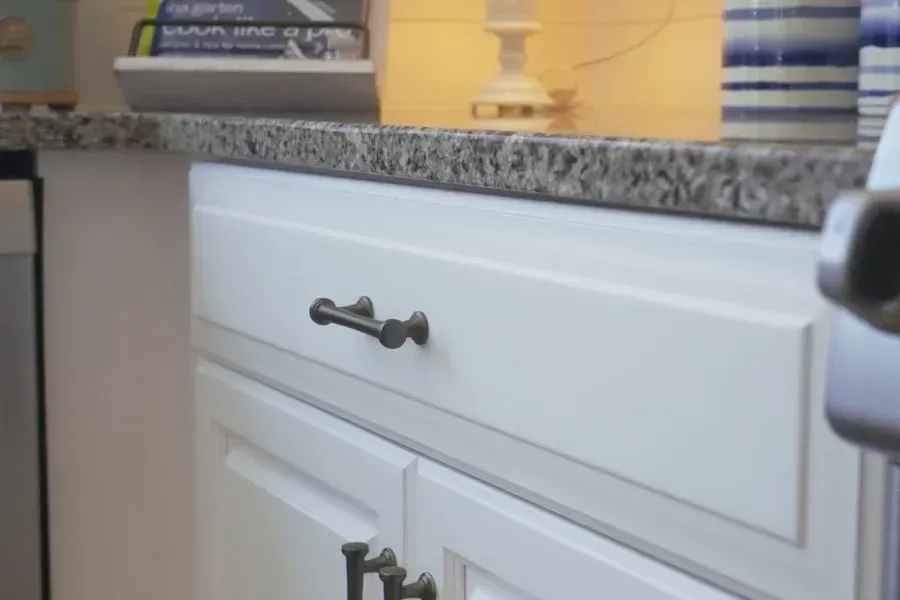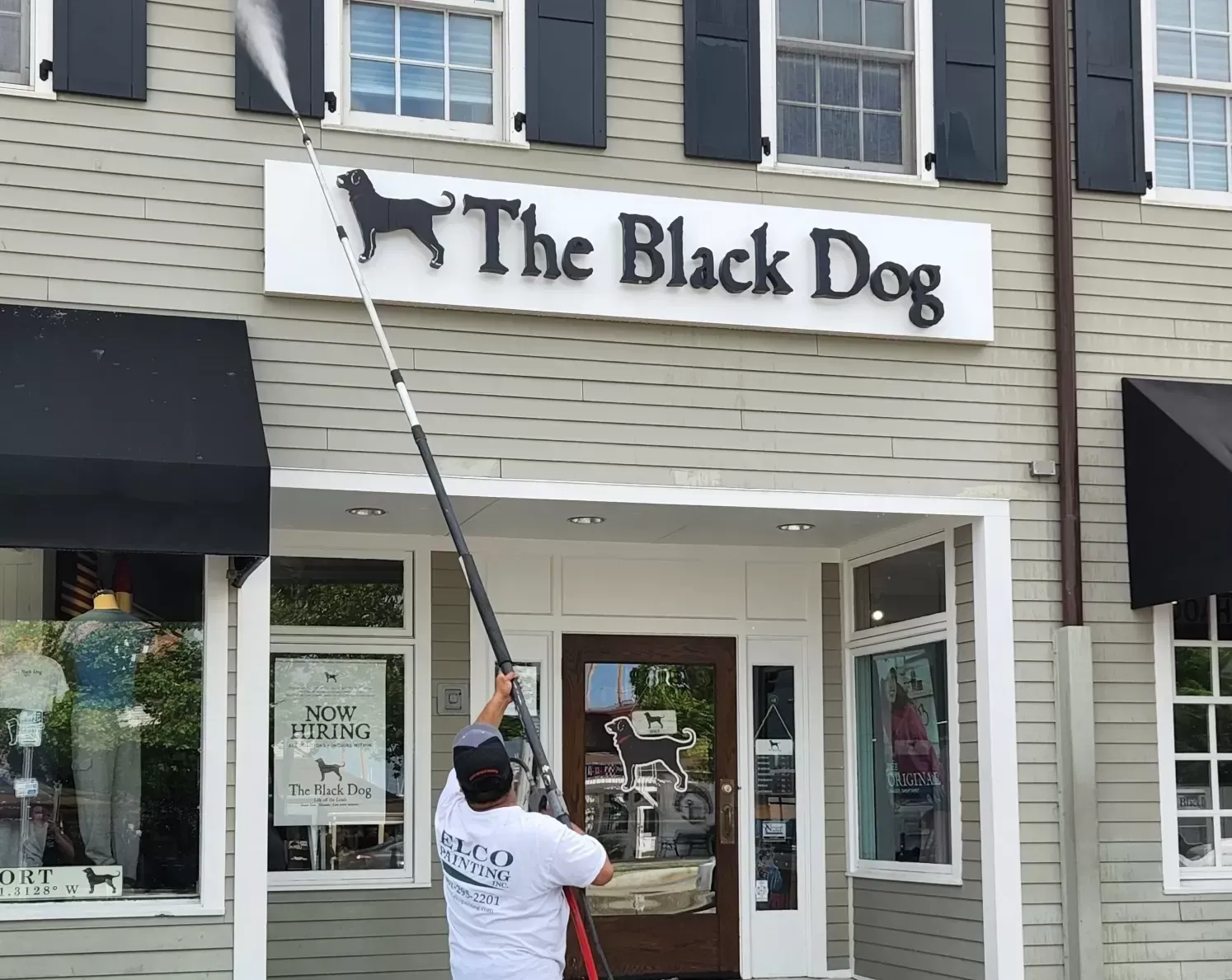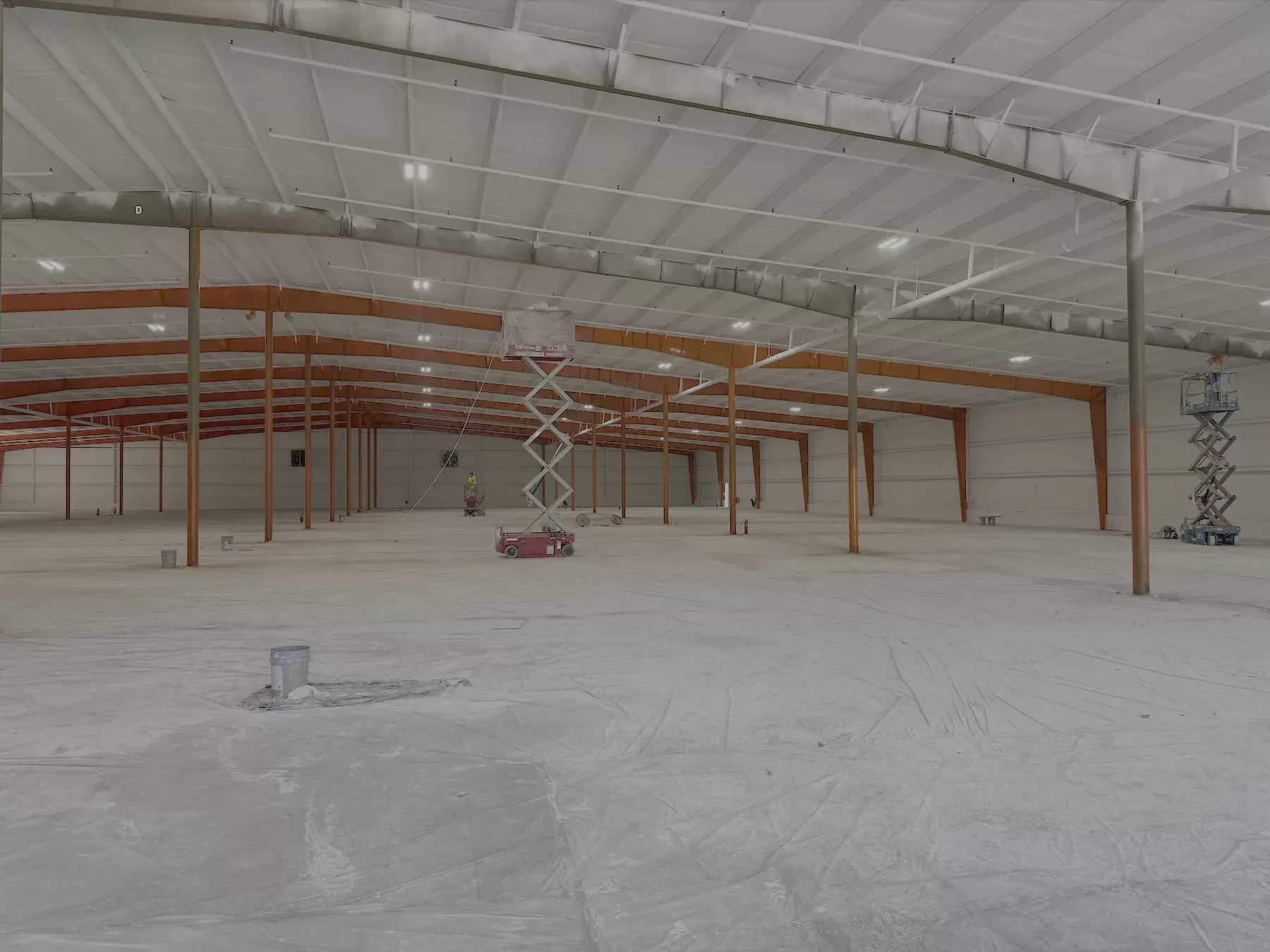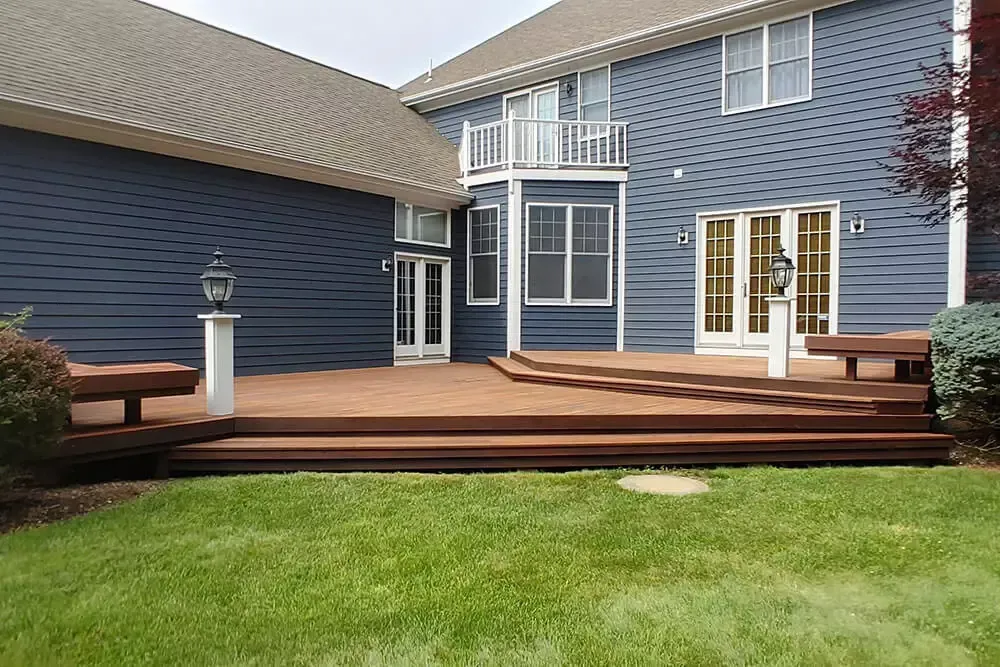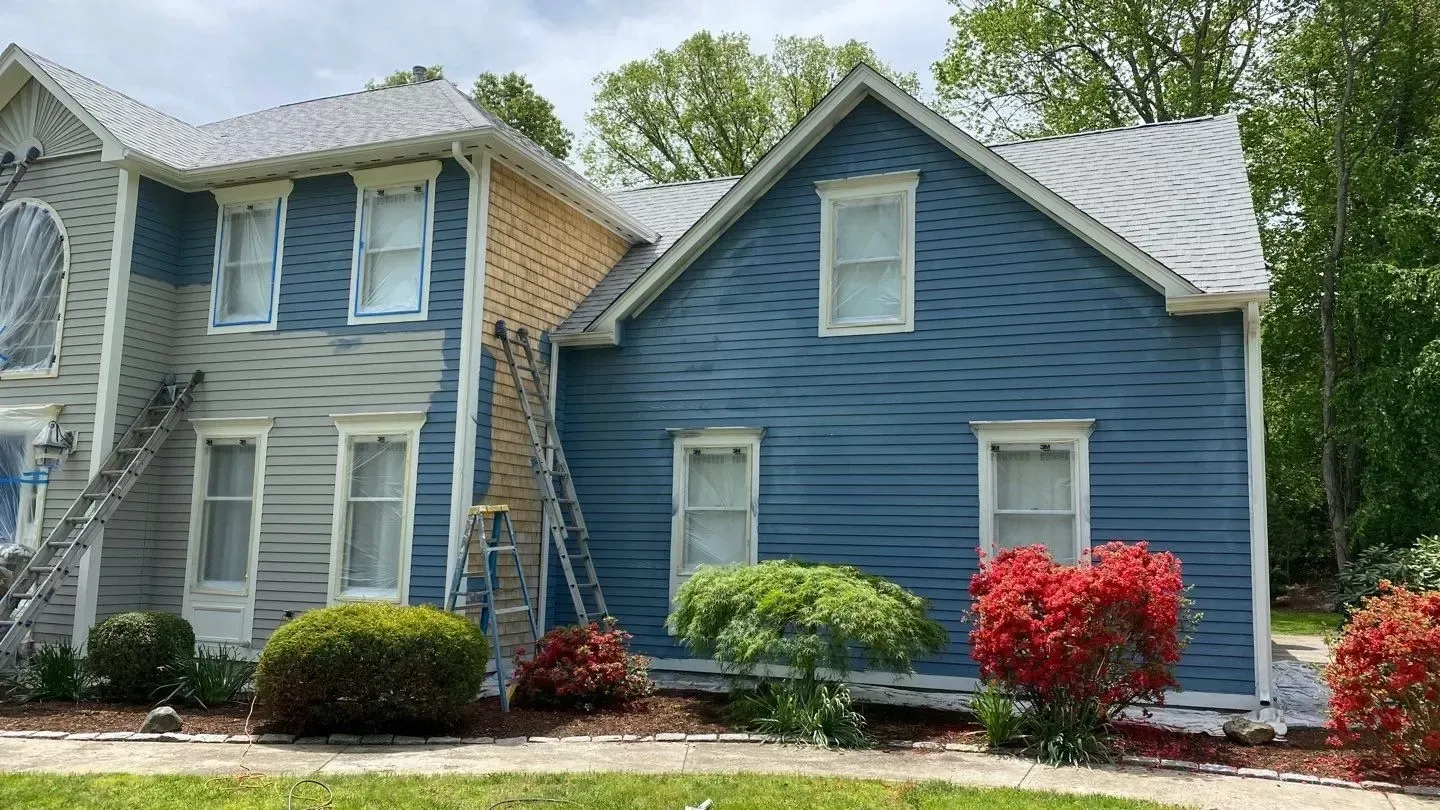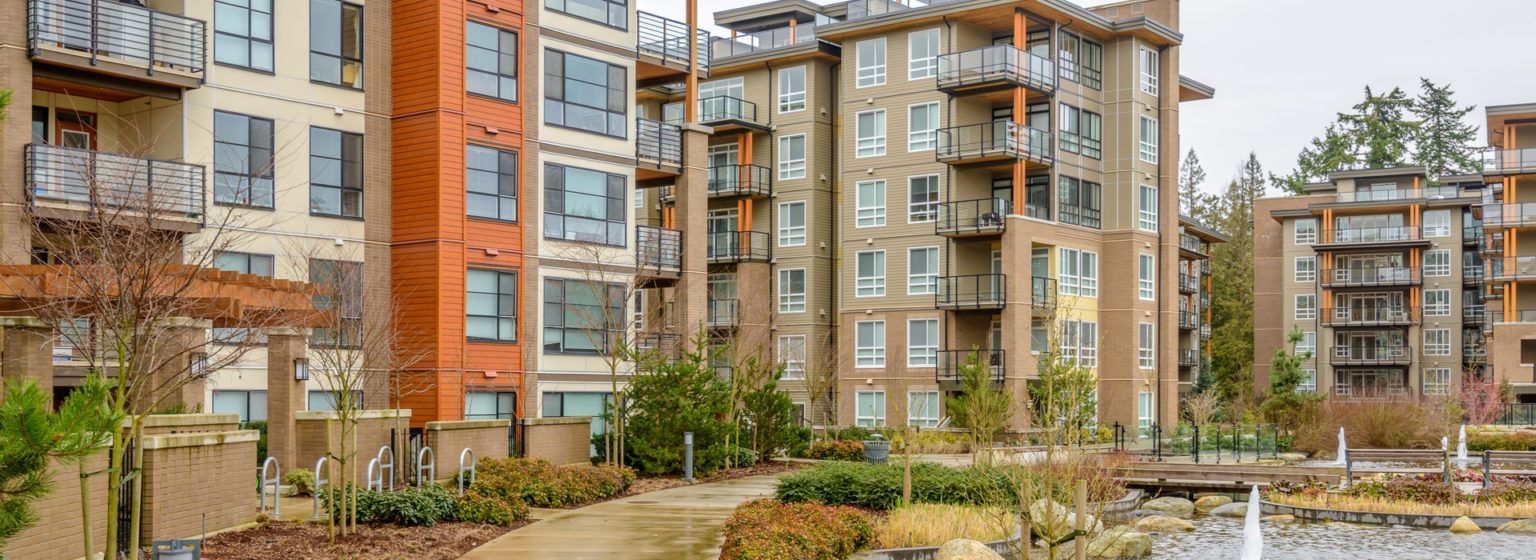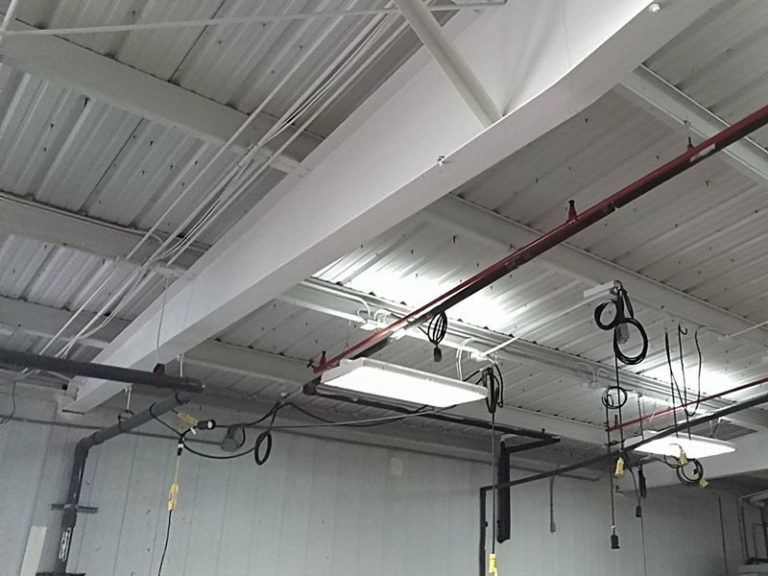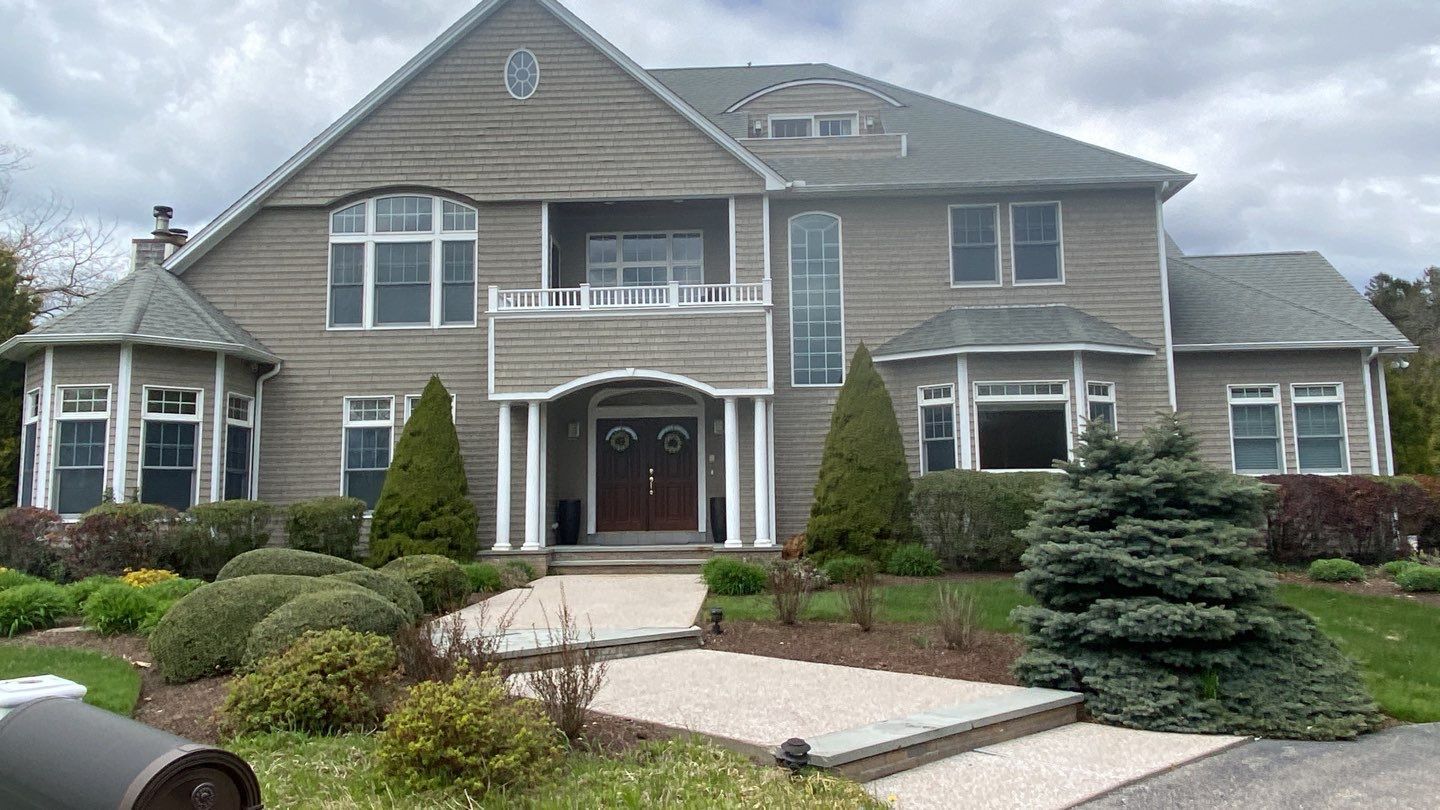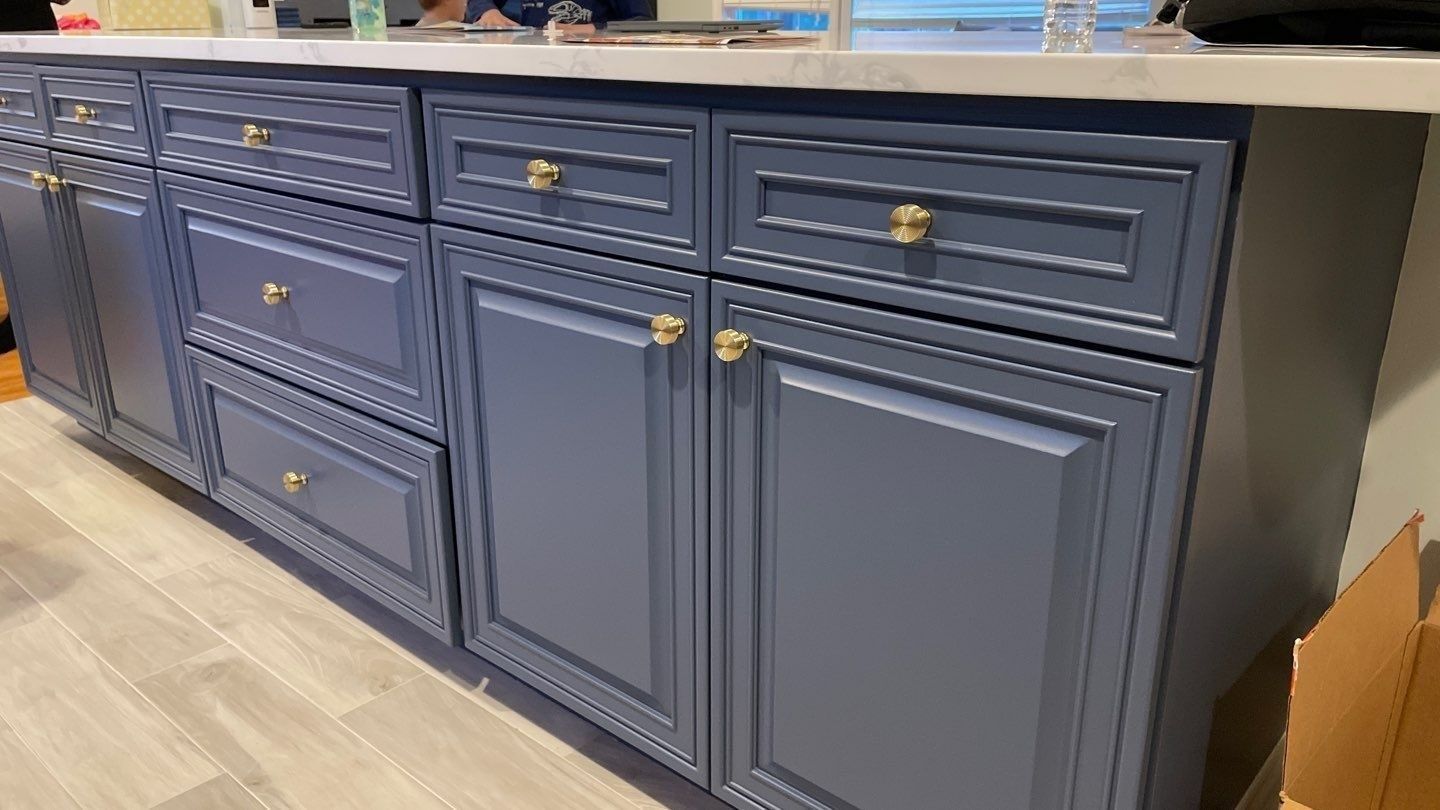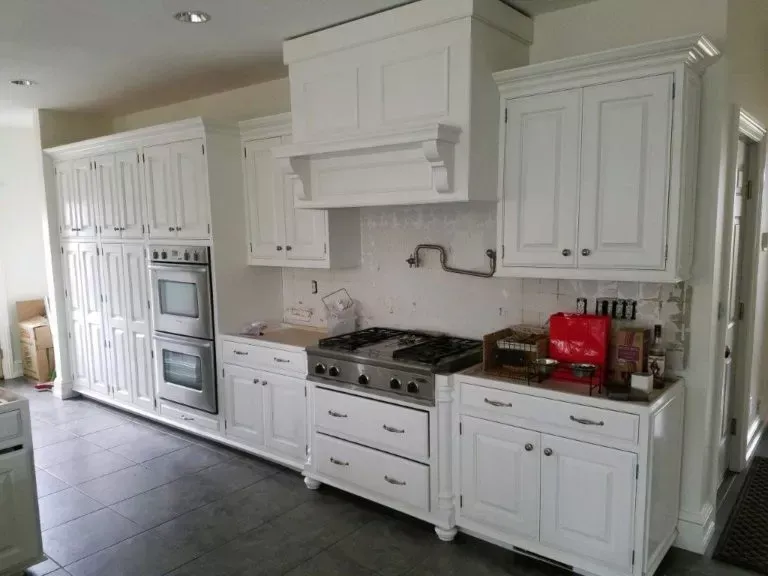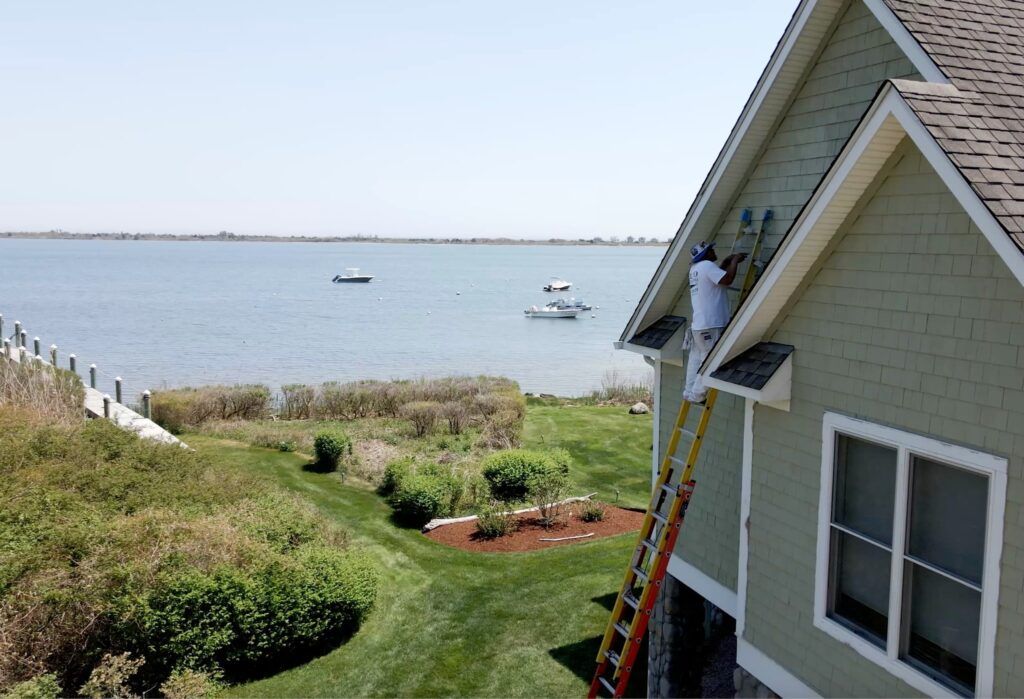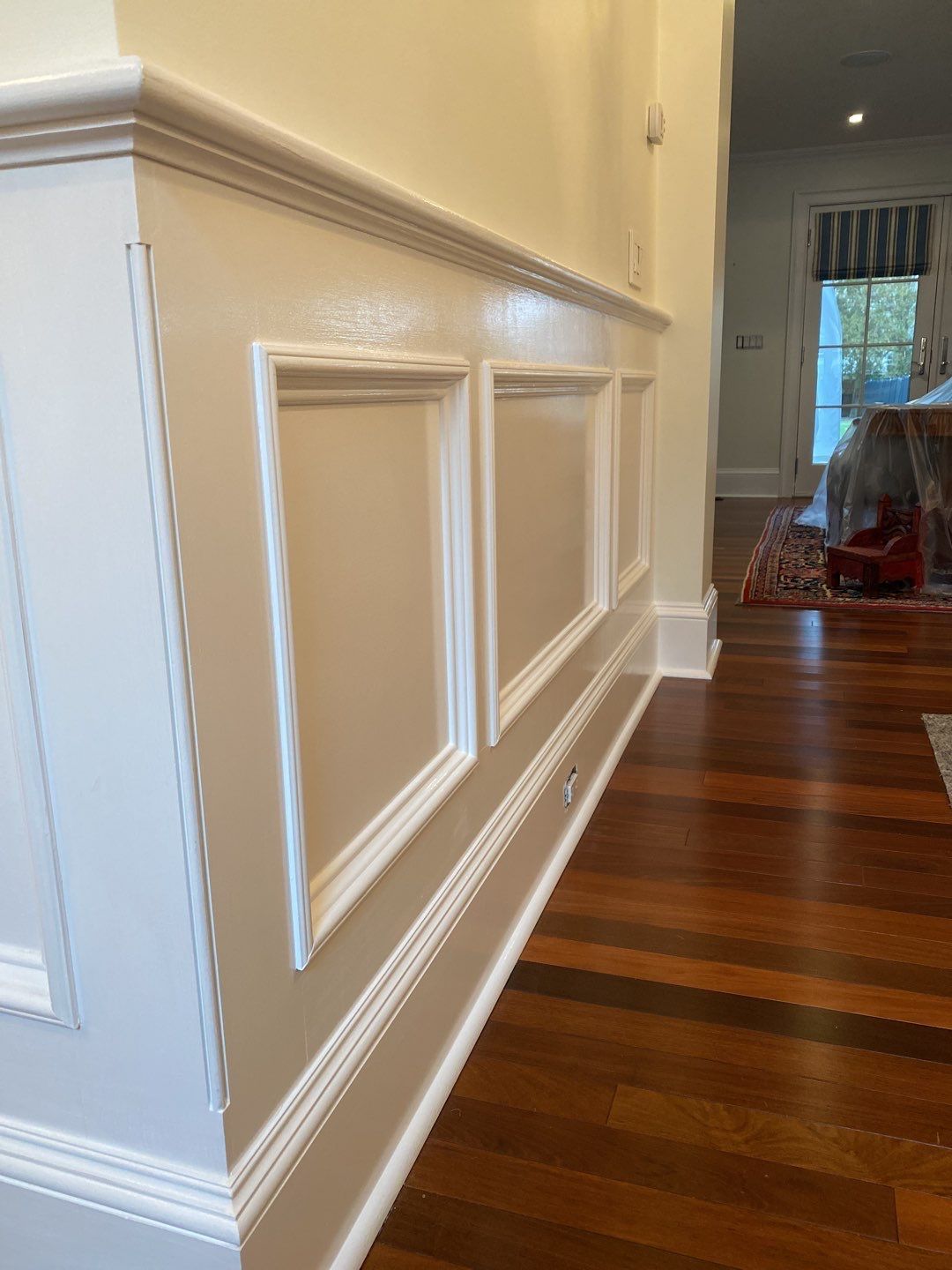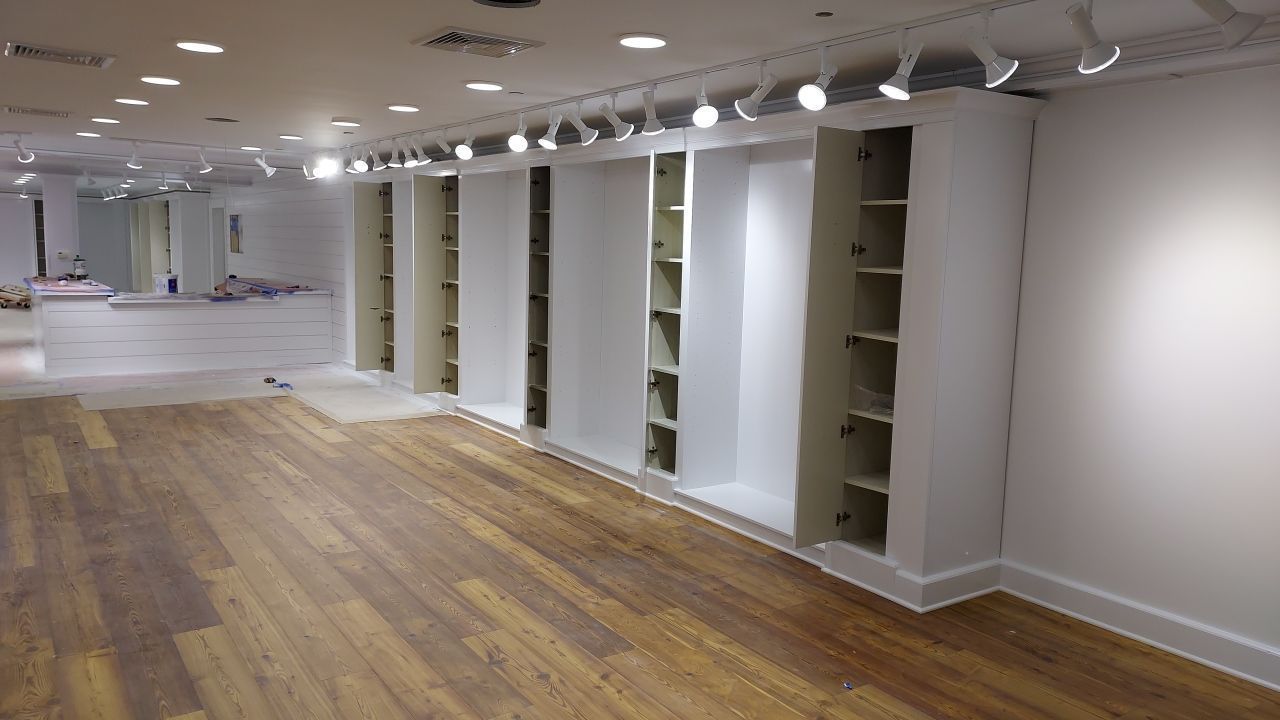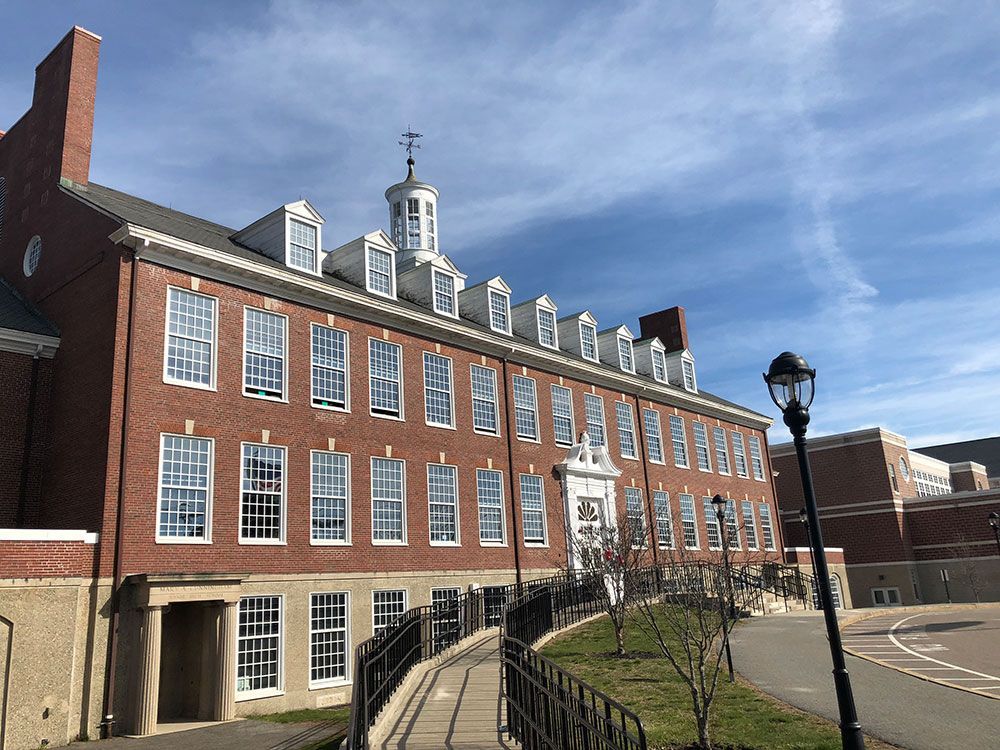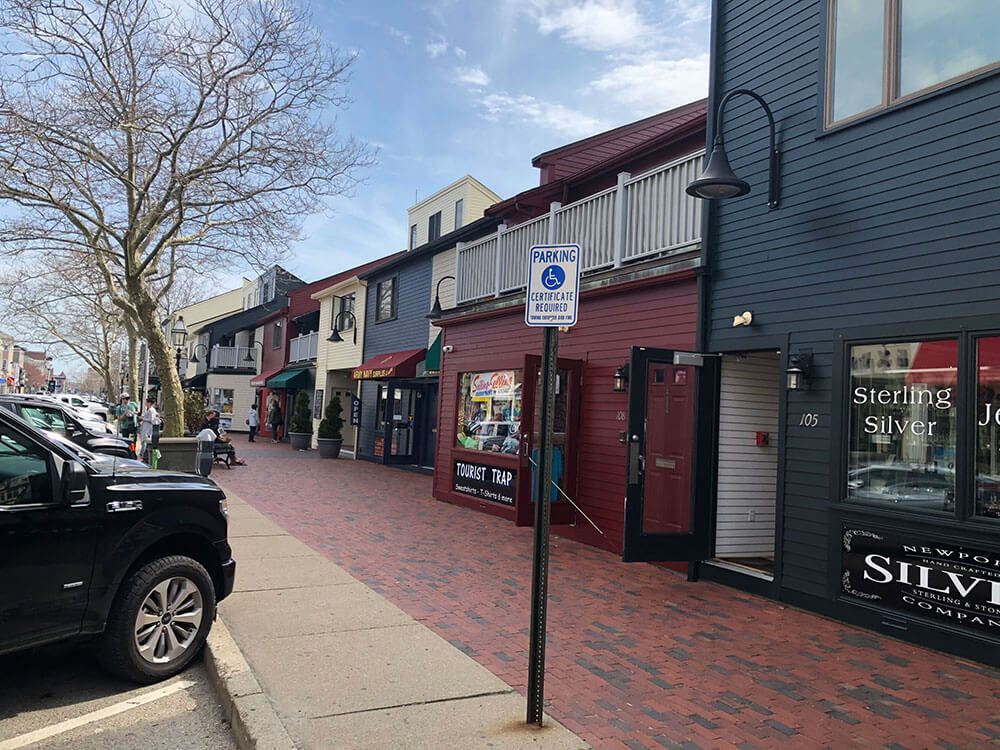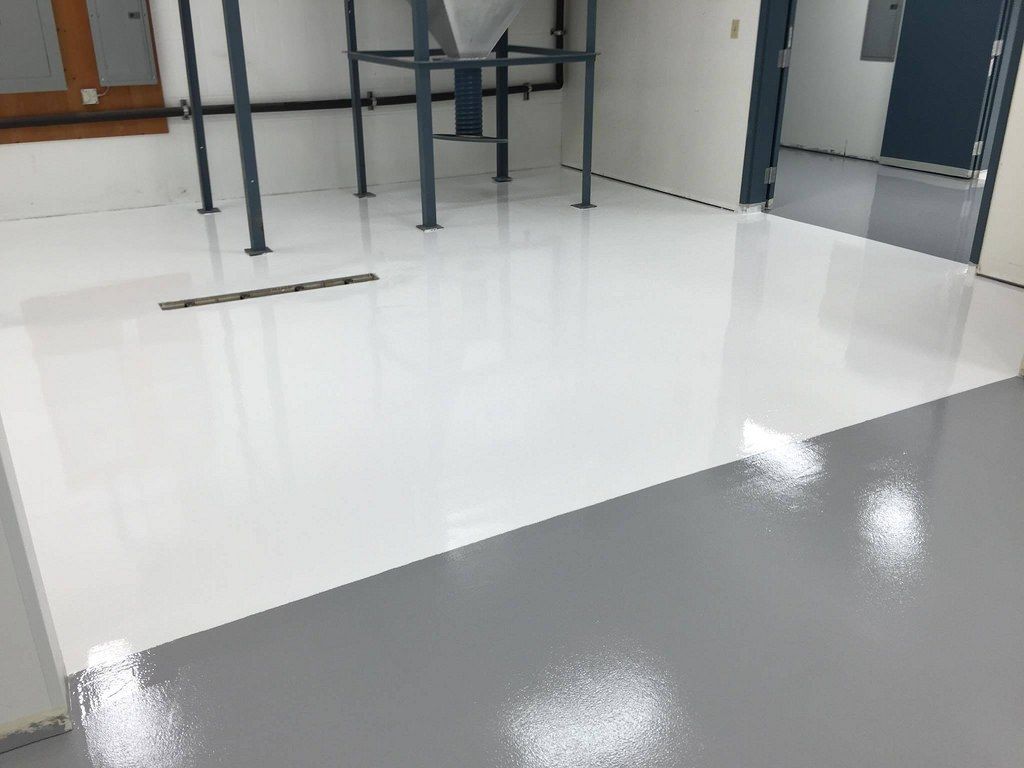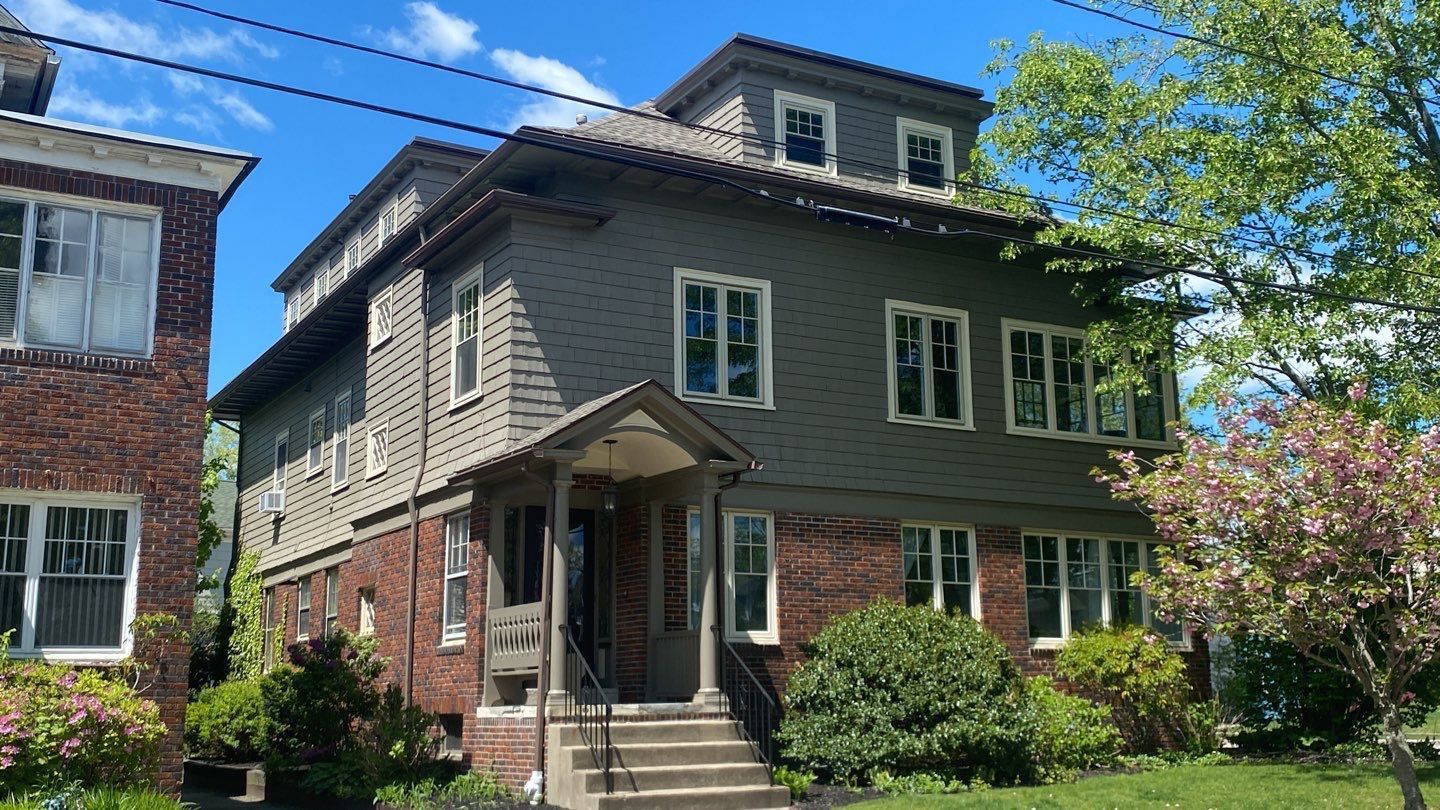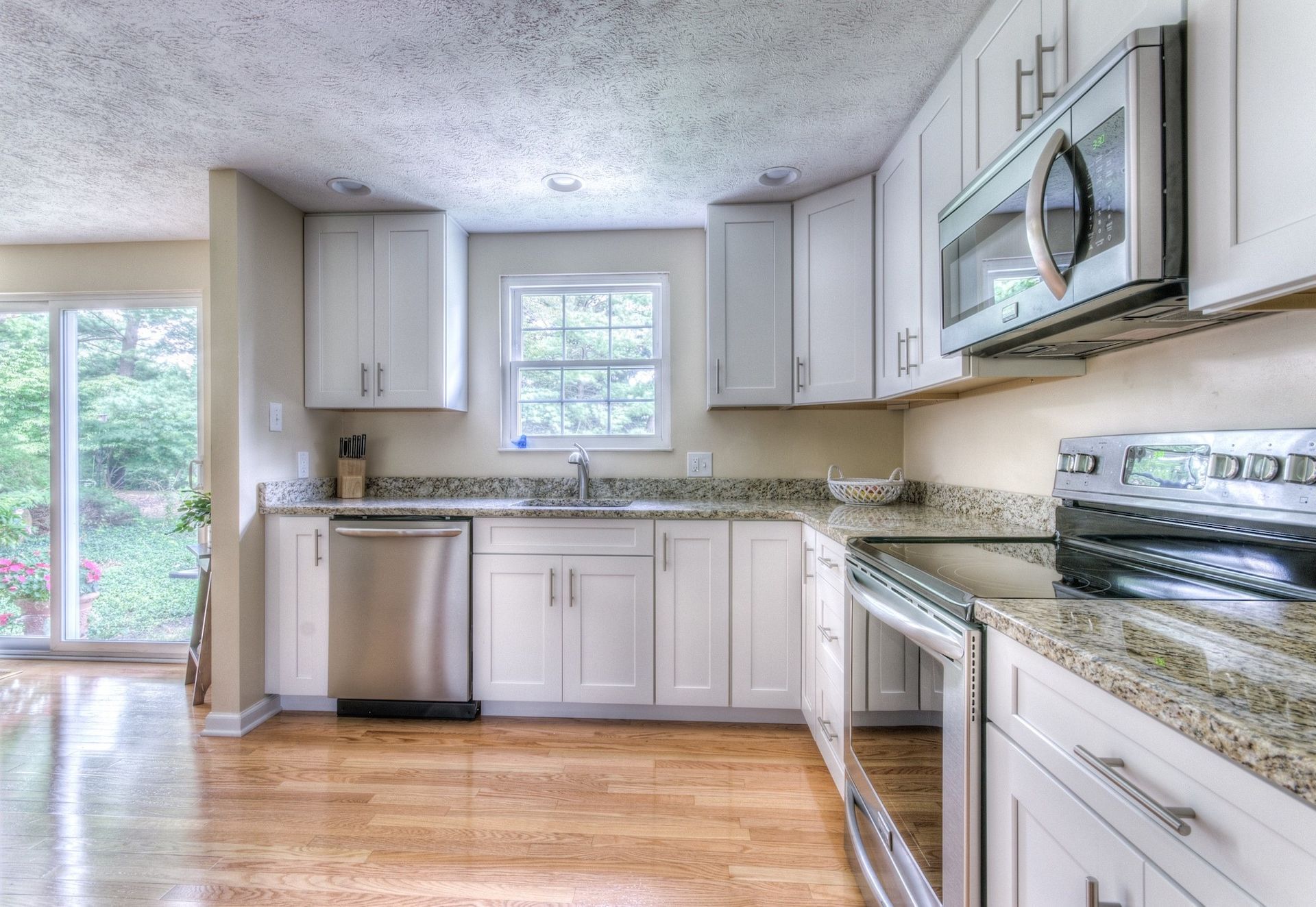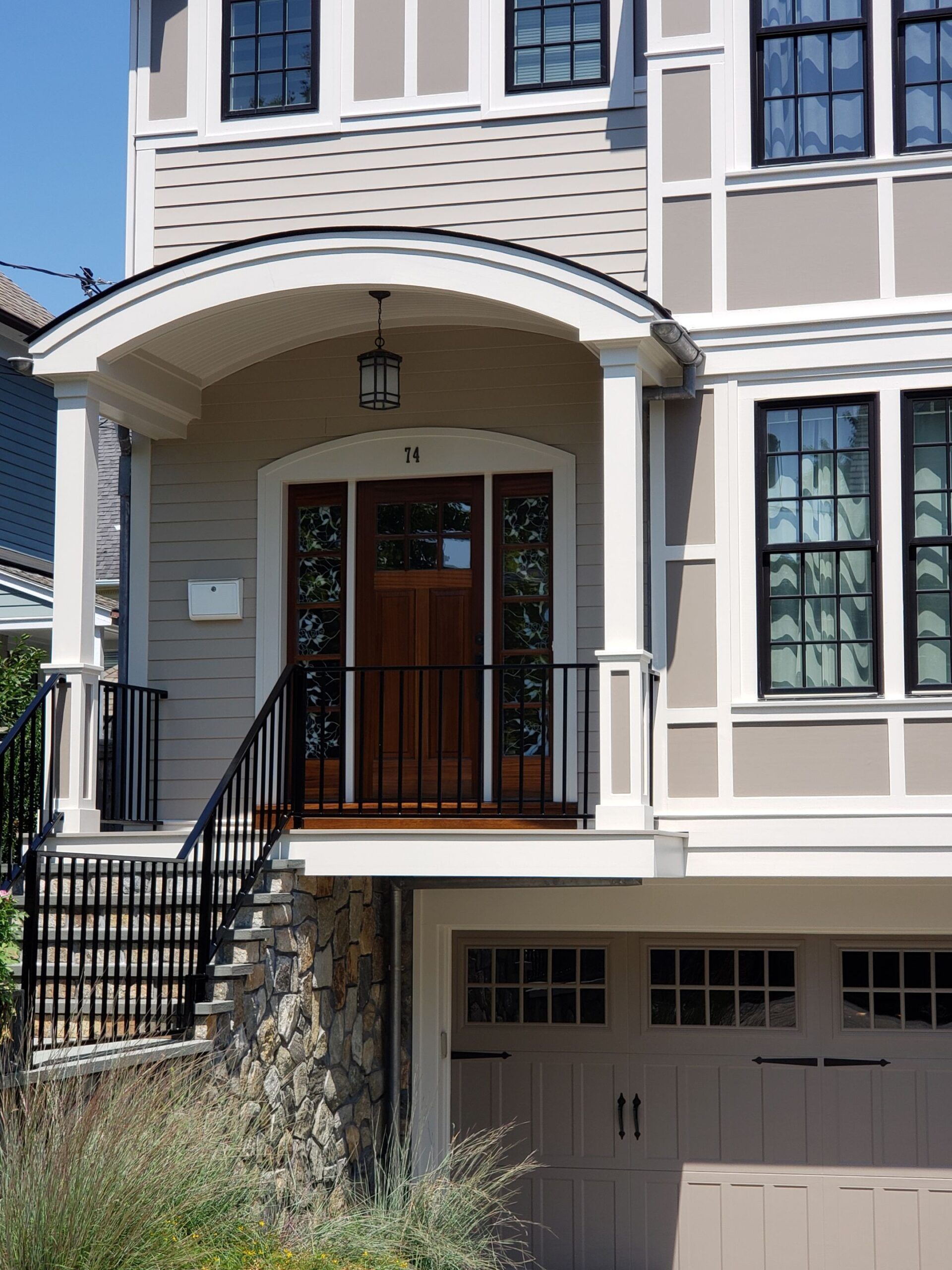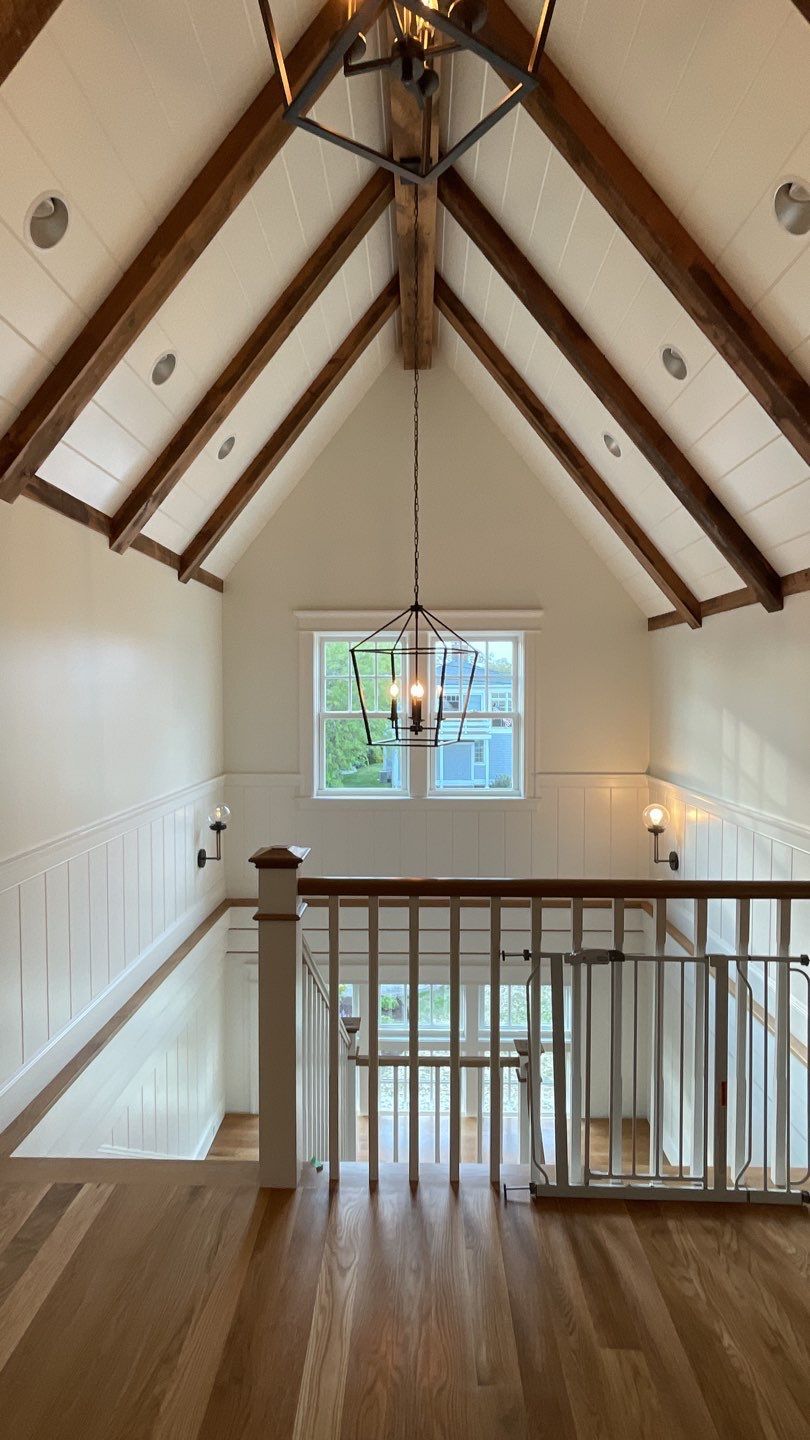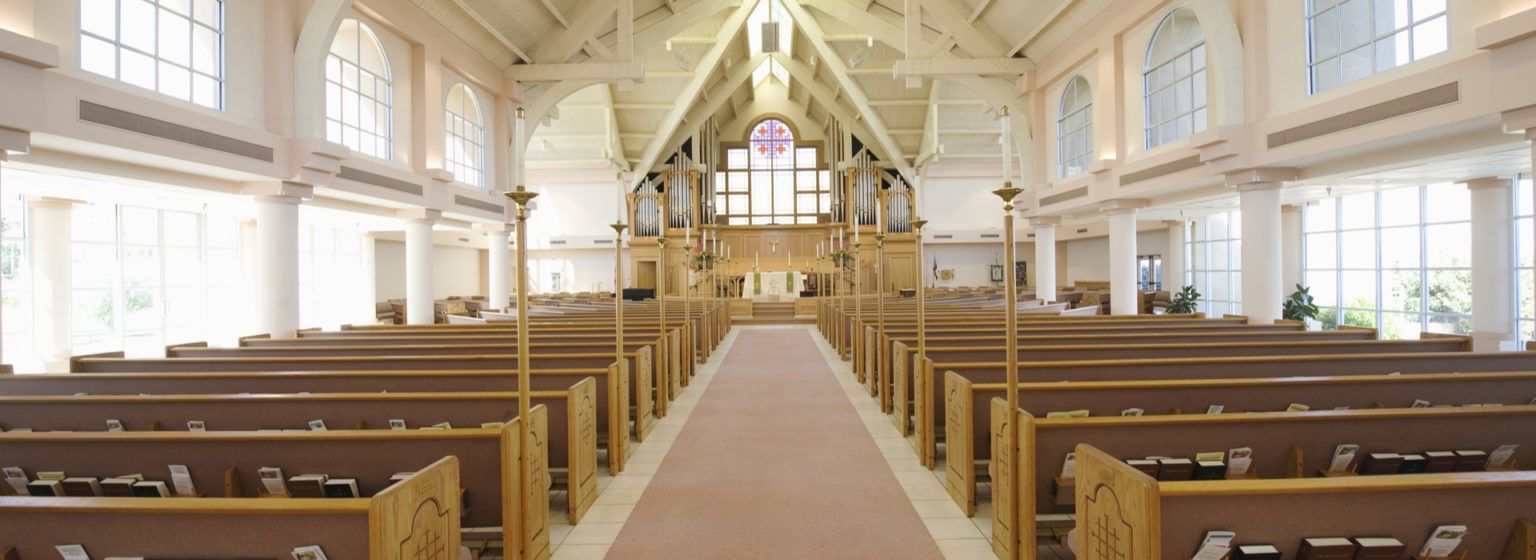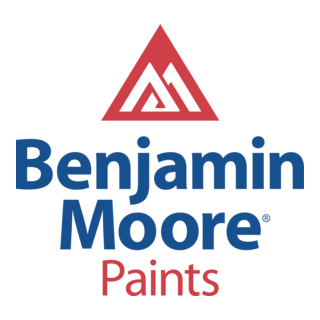How to Prevent Dents, Scratches, and Marks On Your Office Paint Job
As an employer, you always have a lot on your plate. From maintaining relationships with clients, to managing employees, to ensuring that daily operations can be conducted smoothly, your daily tasks may feel like they never end.
That being said, the last thing you want to worry about are scratches, dents, and marks on your office walls. While these aesthetic blemishes may seem like small problems, an office that looks like it has suffered a lot of wear and tear can be a massive deterrent for potential clients and can end up costing you money if problems are unattended and lead to more severe structural damage.
As the old adage says: the best defense is a good offense, and the same is true for your office paint job. The best way to tend to imperfections is simply to prevent them from arising in the first place.
Here is what you need to know about how to prevent dents, scratches, and marks on your office paint job .
How to Protect Office Paint
Furniture Management
One of the biggest culprits for wall scuffs and dents is the furniture placed throughout your office. Employees quickly wrapping up their lunches may not think twice about sliding a chair against a wall in the break room or the little scratches created by a rotating swivel chair.
If you have furniture with sharp or unfinished corners, you are almost guaranteeing that your walls with be scratched and scuffed in no time. One way to prevent this is to carefully manage the types of furniture you place in rooms with tight confines.
In the parts of your office that might be a tight squeeze, or where chairs are placed directly against walls, make sure that the backs are covered in fabric or cushion to prevent marks on your paint job.
If you have desks or other furniture placed against walls, you may even find that adhering a small bit of felt where the corners meet the wall can help to prevent further damage to your office walls.
Proactive Hardware Installation
In a busy office, employees and clients are constantly on the move, which involves a lot of doors swinging open and shut. In this process, you might find that doors and cabinets strike walls and cause damage.
If this is the case in your office, preventing your interior painting from scuffs and dents can be as simple as installing a door stop to keep doors and their handles from making contact with your walls.
For cabinet doors and handles, a small bit of rubber or felt can also be installed to cushion the blow of a refrigerator door wildly swinging open. (If you find that maintenance tools like mops and brooms are the source of damage, you can also apply this tip to the ends of those tools.)
Furthermore, you may also want to protect harsh corners on art pieces and wall decor with a felt backing to keep walls from scratching. And while you’re tending to wall art, consider using adhesive wall hooks rather than screws or nails to prevent scratches on your walls .
Paint Quality
It’s no mystery that a cheap, low-quality paint is likely to much sooner than a high-quality paint might. While it may be tempting to opt for low-grade paints in the office, you may find yourself repainting the walls shortly thereafter.
Low-quality paints have a tendency to chip faster than high-quality paints, especially due to exposure to the sun. When office spaces receive a significant amount of natural light, the outer layers of paint can chip off more quickly, resulting in a paint job that is not only lack-luster, but also susceptible to more scratches and dents.
To find the best quality paint to fit into your company’s budget, talk with the experts at ELCO painting about interior painting services.
Whether your next renovation project is repainting the office, refinishing your external home painting, or you need a home painting service cost estimate, ELCO Painting is the perfect choice for painting companies in RI and Southeastern Massachusetts. Let our experienced carpentry professionals meet your home or office’s unique needs and help bring your design dreams to life.
Give us a call (401-295-2201) or contact us online today to see how the ELCO Painting difference can work for you.
